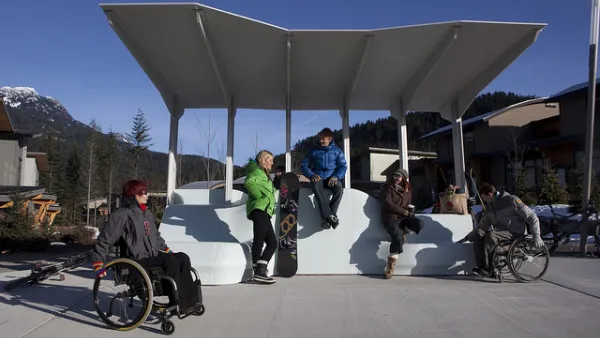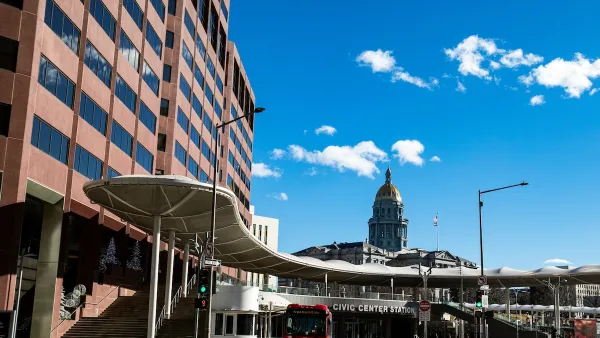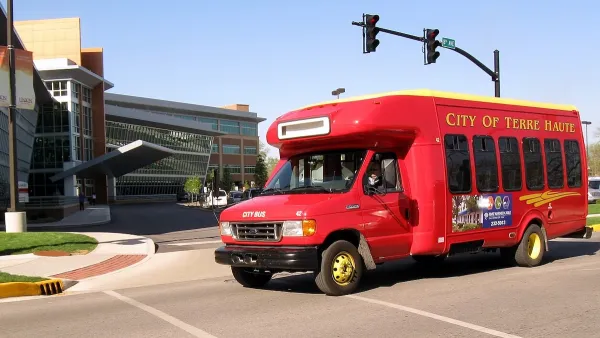A proposal for a radical reinvention of the fare structure for the country's transit systems—one that balances the cost of transit with that of driving, generates more revenue from fares, and enables more capital investments.
"With America's transit systems woefully underinvesting in their own capital infrastructure, it is time to consider whether the interests of the riders themselves are actually served by an approach that prioritizes low fares over high-quality service," writes Rohit Aggarwala.
"Shifting away from subsidized fares offers the promise of several benefits in return: improved and expanding services, more creative management, and the ability of even lower fares for certain riders who need them."
Citing the urbanizing trend of the country and a corresponding shift away from the car, Aggarwala suggests that these social changes might allow the evolution of transit fares. The article's suggestions for how to jumpstart that evolution:
- "[The] first task should be to look at what fares transit could charge given potential travel alternatives."
- "A second task in setting a fair fare would be thinking about which transit riders do, in fact, deserve public fare subsidies. The goal here would be a discounted price for groups who qualify in terms of need."
- "A final task would be to ensure that government policies are doing everything possible to equalize the cost of riding transit and driving."
FULL STORY: Why Higher Fares Would Be Good for Public Transit

National Parks Layoffs Will Cause Communities to Lose Billions
Thousands of essential park workers were laid off this week, just before the busy spring break season.

Retro-silient?: America’s First “Eco-burb,” The Woodlands Turns 50
A master-planned community north of Houston offers lessons on green infrastructure and resilient design, but falls short of its founder’s lofty affordability and walkability goals.

Delivering for America Plan Will Downgrade Mail Service in at Least 49.5 Percent of Zip Codes
Republican and Democrat lawmakers criticize the plan for its disproportionate negative impact on rural communities.

Test News Post 1
This is a summary

Test News Headline 46
Test for the image on the front page.

Balancing Bombs and Butterflies: How the National Guard Protects a Rare Species
The National Guard at Fort Indiantown Gap uses GIS technology and land management strategies to balance military training with conservation efforts, ensuring the survival of the rare eastern regal fritillary butterfly.
Urban Design for Planners 1: Software Tools
This six-course series explores essential urban design concepts using open source software and equips planners with the tools they need to participate fully in the urban design process.
Planning for Universal Design
Learn the tools for implementing Universal Design in planning regulations.
EMC Planning Group, Inc.
Planetizen
Planetizen
Mpact (formerly Rail~Volution)
Great Falls Development Authority, Inc.
HUDs Office of Policy Development and Research
NYU Wagner Graduate School of Public Service





























